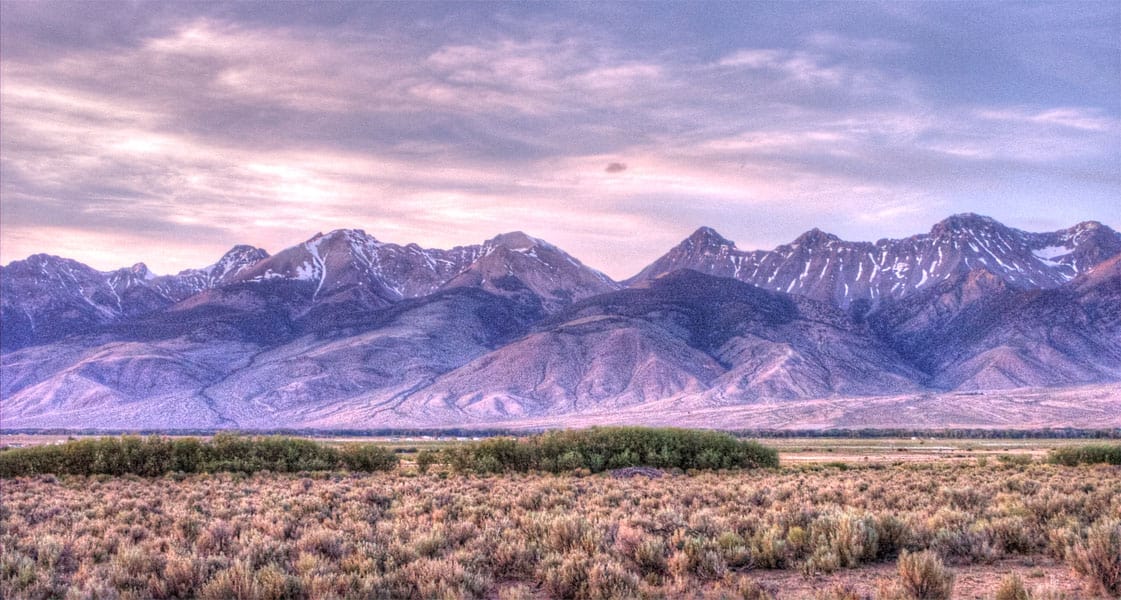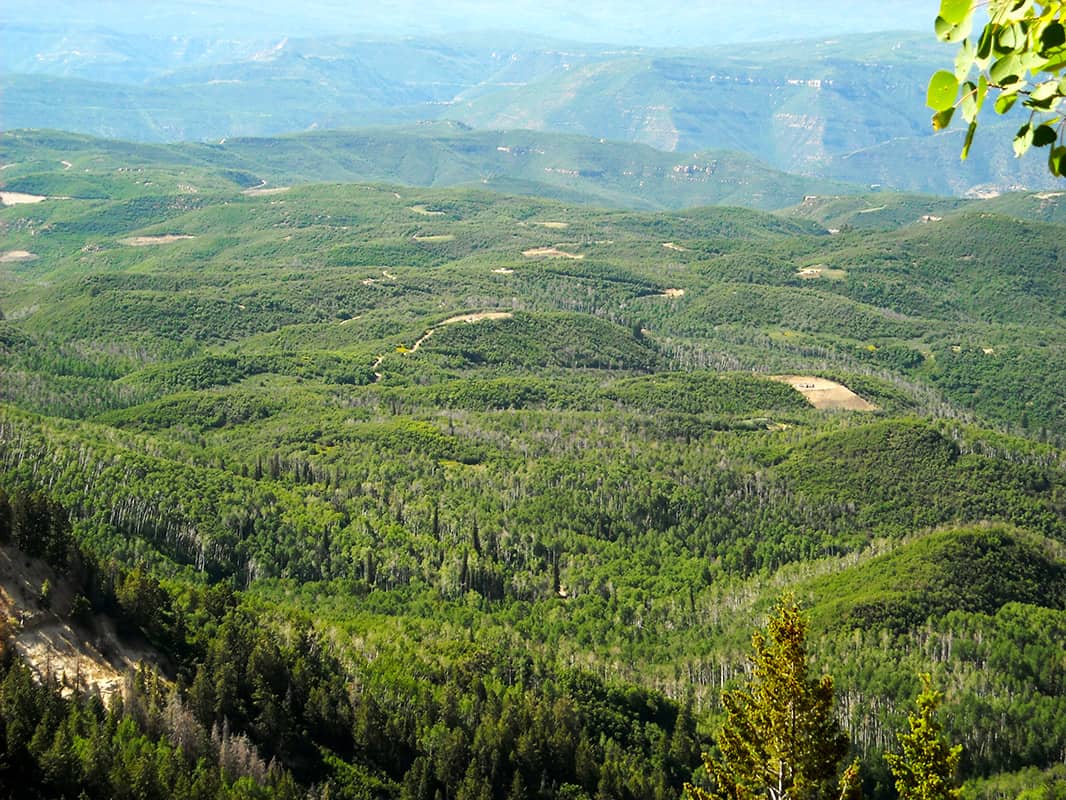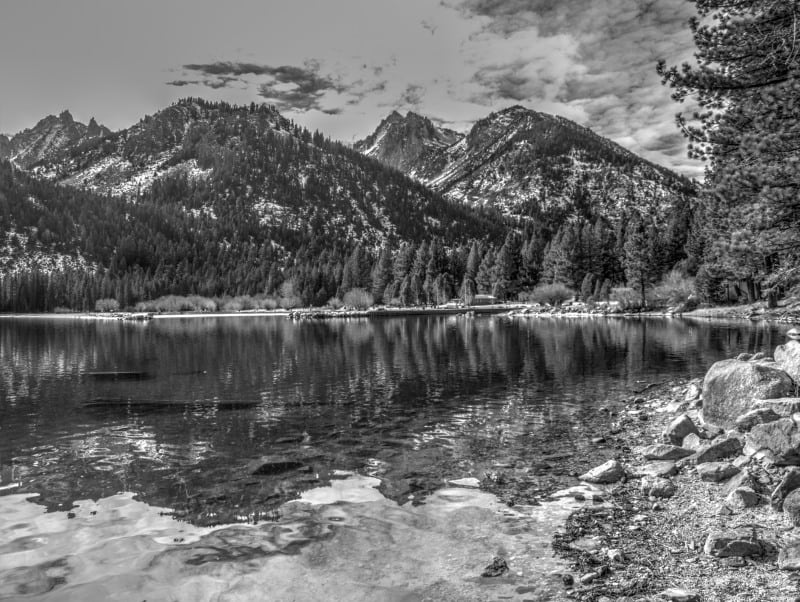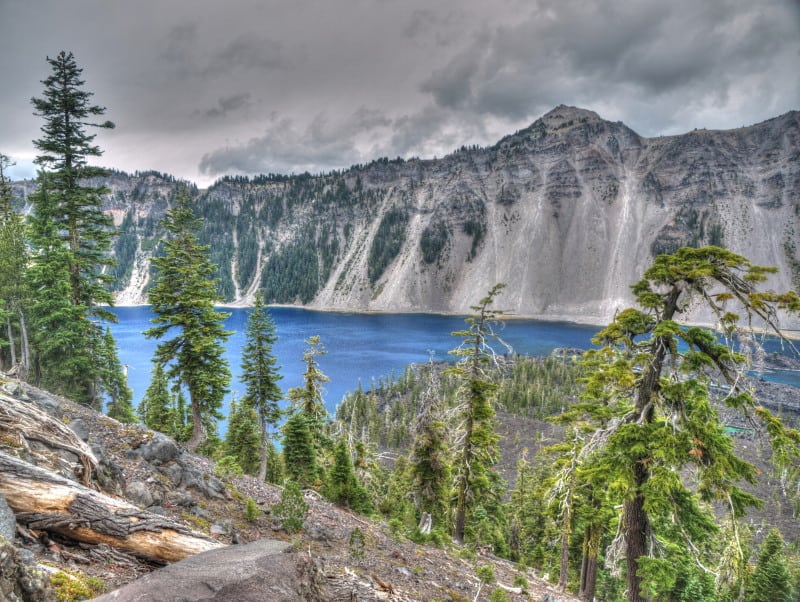In a previous post titled “The response of the forest to drought” the questions led to the opportunity to bring us up to date on the current state of elk and the role that sound forest management can play. Here are some quotes from various sources some of which contradict what we have heard on this site regarding the need for dense cover:
A) “Wildlife in Managed Forests” – Elk and Deer – 2013, Oregon Forest Resources Institute
1) Page 2 – “Preferred forest habitat age: All forest ages, but most heavily associated with young stands where food is most abundant.”
2) Page 10 – “These results suggest that current commercial forestry practices are compatible with maintenance of ungulate forage species.”
3) Page 11 – ““For land managers who are interested in increasing healthy elk populations, their focus would be better spent on providing forage opportunities rather than cover.””
4) Page 13 – “Forage quality in late spring and summer is key to successful reproduction.” … “Elk prefer and will select certain highly nutritious and palatable plant species when they can get them.
These species, mostly in the forage classes of grasses, sedges, annual forbs and deciduous shrubs, provide a more concentrated source of energy than the less-preferred ferns, evergreen shrubs and conifers”
5) Page 14 – “Limited timber harvest on USFS lands since the implementation of the NW Forest Plan and social, political and legal mandates associated with late successional species have resulted in less early seral habitat on large contiguous tracts of USFS lands.”
6) Page 15 – “Where the objective is to provide landscapes with mosaics of early and advanced seral stages for elk, the effort will have to be ongoing in perpetuity and thus will be most effective if integrated in long-term management plans where habitat needs of elk are tied to forest manipulations”
7) “Land managers whose objectives include providing habitat and forage for deer and elk may want to consider the following silvicultural treatments:
• Where thinning is prescribed, thin timber stands to or below 50 percent crown closure to allow sufficient sunlight to reach the ground surface for early seral vegetation to become established.
• Retain any natural meadows and openings and remove encroaching conifers from these open areas. Note that power-line easements make great openings and often provide habitat for deer and elk.
• In thinned stands, create gaps of 1 to 5 acres on sites with east, south or west solar aspect and slopes less than 30 percent and away from open roads.
• In created gaps, plant a few native shrubs that provide fruit, nuts, berries or browse for wildlife.
• Seed all disturbed soil including skid trails, yarding corridors, landings and decommissioned roads with a seed mix of native grass and forb species that will provide high forage value for deer, elk and other species. These management prescriptions may not make sense for all landowners or all landscapes, but they will work in some areas to help provide habitat for deer and elk.”
B) From the Rocky Mountain Elk Foundation we have 13 Bizarre Elk Facts That Most Hunters Don’t Know:
• “old trees are actually hurting elk populations.
“Our forest lands, whether on public or private land, are overstuffed with trees,” he told me over the phone. “The American public just loves trees, but in the forest where the elk live, too many trees block sunlight from getting to the forest floor. We’re not growing grasses and forbs, which are key to elk nutrition.”
What is needed are young forests, also known as early-successional habitats, that allow elk herds to thrive. Opening up tree-choked landscapes promotes the growth of low-lying vegetation, which are beneficial to elk and other wildlife.
“We’d like to see a lot more biodiversity out there so we’re really trying to encourage more thinning and more prescribed burning,” Tom said. “It’s not just for elk. There are a wide variety of bird species, small animal species, and big game animals that really benefit from the habitat work we do for elk.””
C) From the Forestry Source by Steve Wilent – Page 2 May 2014 “Embracing the Young Forest”:
1) “The Northwest Forest Plan’s was to secure late successional stands for the spotted owl … Now the battle is being waged … for … the inhabitants of the youngest forests.”
2) “In the Northeast and upper Midwest we documented 65 species … that were declining because of the loss of young forest habitat.”
To conclude this post let me repeat, one more time, that Single Species Management such as for the NSO and the 14 million acres set aside to “preserve” its habitat is having a far ranging negative impact on countless other species including elk. Single Species Management isn’t even working for the NSO as mentioned many times before (more details to come at a later date in response to a question from Jon Haber in a previous discussion thread on this blog site). Contrary to the opinion expressed by some on this blog site, sound forest management in the form of more small (~40 to ~200 acres) early seral regeneration openings and thinnings with included similar sized patches of stands near the maximum target density more evenly distributed throughout the forest would improve forage while providing cover from prey. Extensive contiguous acreages of dense conifers are counter productive to increasing or sustaining elk populations. Which is to say that those who focus on single species management and especially on late successional habitat (i.e. old growth) have forgotten about the importance of edge effect in wildlife management and the importance of maintaining a balanced age distribution of stands to replace the old growth which, no matter how hard you try, can’t be “preserved” in its current state over the long term. Heterogeneity/diversity is preferable to large contiguous acreages of homogeneity for all species in the long run.



